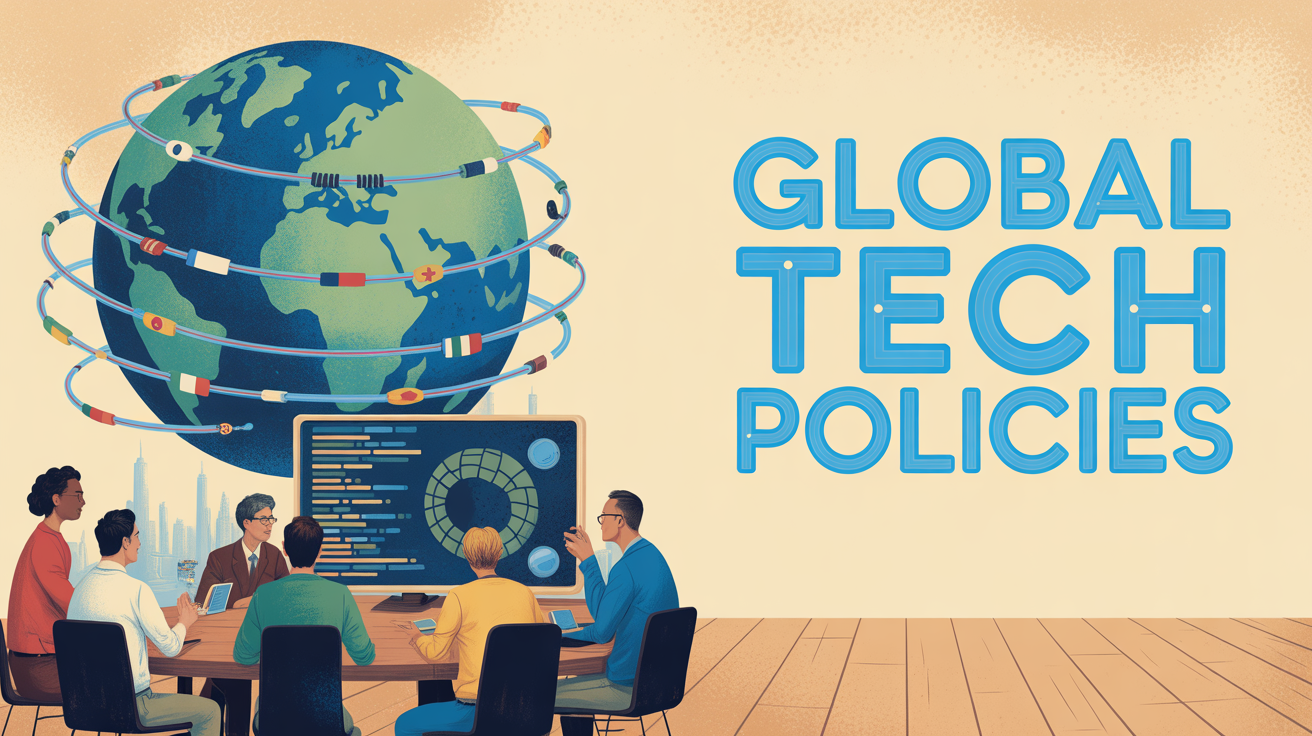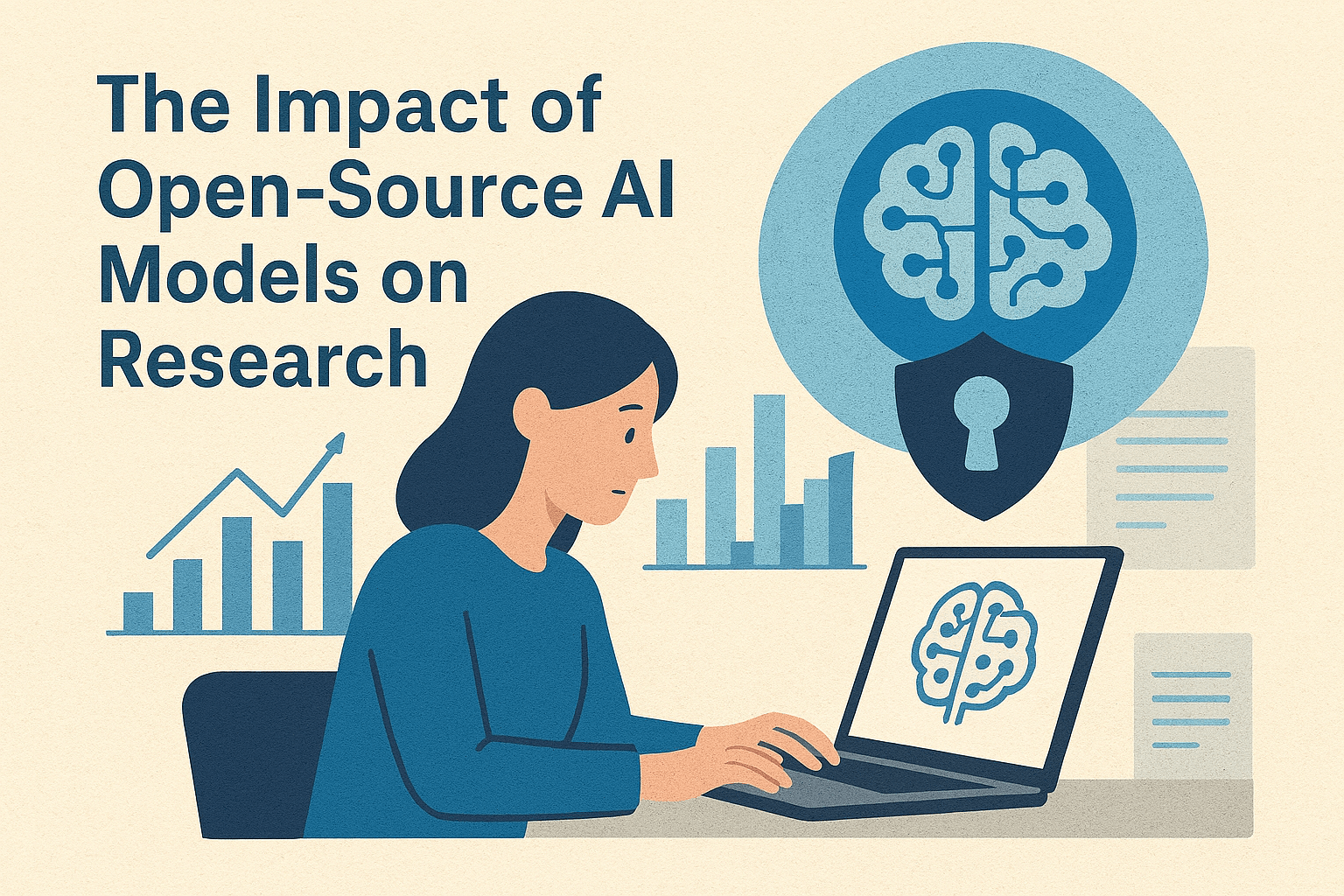
the rapid integration of artificial intelligence (AI) technologies across industries has catalyzed a profound rethinking of tech governance worldwide. As AI systems increasingly influence societal norms, economic models, and individual freedoms, ethical considerations have shifted from abstract academic discourse to pivotal levers in shaping global technology policies. This article delves deeply into how AI ethics frameworks are guiding legislators, regulators, and tech leaders, aligning AI innovation with human-centric values on an unprecedented scale.
Global Consensus on AI Ethics: Foundations and Frameworks
international bodies and coalitions are converging on essential principles to guide responsible AI advancement. Key shared tenets include transparency, fairness, accountability, privacy, and human oversight.
Survey of Leading Ethical AI Guidelines
Landmark documents like the OECD AI Principles (2019), the European Commission’s Ethics Guidelines for trustworthy AI (2019), UNESCO’s Proposal on AI Ethics (2021), and the G20 AI Principles have formed the backbone for policy dialogues worldwide. These articulate the moral compass for AI systems, emphasizing areas such as prevention of bias, data protection, explainability, and human rights safeguarding.
Challenges in Harmonizing Ethical Norms Across Borders
While foundational ethics principles enjoy broad acceptance, operationalizing them into enforceable standards encounters friction caused by geopolitical tensions, cultural diversity, and varying regulatory philosophies-especially between Western democracies and authoritarian regimes.
Understanding these cross-cultural subtleties is paramount for developers and investors aiming to build AI products that comply internationally without compromising ethical values.
Ethical AI and Legislative Trends: Case Studies from Major Regions
Policy adoption illustrates the real-world impact of AI ethics on legally binding regulatory frameworks,spotlighting distinctive approaches across continents.
European union’s AI Act: A Risk-Based Regulatory Model
Introduced in 2021, the EU AI Act pioneers the world’s first comprehensive AI regulation, categorizing AI applications based on risk severity-from minimal to unacceptable-mandating strict transparency, auditability, and safety requirements particularly on high-risk AI systems affecting critical infrastructures, public services, and biometric identification.Ethical compliance forms the compliance cornerstone.
Explore the EU AI Act document
United States: Sector-specific Guidance and Innovation Emphasis
Unlike the EU’s holistic approach, U.S. federal policy on AI ethics remains fragmented with agencies such as the FTC enforcing unfair practices and the National AI Initiative Act (2020) promoting trustworthy development while mitigating risks. the National Institute of Standards and Technology (NIST) is actively developing the AI Risk Management Framework to provide voluntary guidance reflecting ethical priorities.
China’s Dual-Track Approach: Government Control Meets Ethical Narratives
China’s AI governance merges stringent state control mechanisms with promotion of AI’s social value. The chinese New Generation AI Development Plan and guidelines on AI ethics underscore priorities around social harmony, privacy, and security, yet often differ in interpretations and enforcement compared to Western frameworks.
Embedding Ethical AI in Tech Product Development Lifecycles
Leading organizations are proactively operationalizing ethics into AI design, engineering, and deployment phases-the true test of transitioning from policy to practice.
Incorporating Fairness and Bias Mitigation Checkpoints
Strategic integration of fairness audits during data curation, model training, and performance testing phases mitigate risks of algorithmic discrimination. Diverse, representative datasets and bias detection tools become critical components of ethical assurance.
Developers frequently employ open-source fairness evaluation toolkits such as IBM AI Fairness 360 and Google’s What-If Tool for this purpose.
Human-in-the-Loop and Explainability Integration
Embedding human oversight checkpoints allows for real-time intervention and transparency, increasing system accountability. Explainable AI (XAI) methods aim to make AI decisions interpretable to users and regulators alike, enhancing trust and compliance capacity.
Privacy-First AI architectures
Privacy-preserving methods like federated learning and differential privacy are gaining traction as ethical mandates push for minimizing data exposure and enhancing user control, aligned with regulations like GDPR.
The Role of Standards bodies in Translating Ethics into Technical Norms
Standardization organizations are foundational in converting ethical AI aspirations into actionable engineering protocols and benchmarks.
ISO/IEC and IEEE efforts Towards AI Standardization
ISO/IEC JTC 1/SC 42 develops AI standards emphasizing trustworthy AI, risk management, and data quality. IEEE’s Global Initiative on Ethics of Autonomous and intelligent Systems produces guidelines and standards promoting ethical design and accountability.
Interoperability and Compliance Automation
Creation of compliance assessment tools based on standardized metrics allows companies to automate ethical audits and regulatory reporting, streamlining ethical assurance processes across multinational environments.
investment and Market Dynamics Influenced by AI Ethics Policies
Investor confidence increasingly hinges on ethical AI commitments,affecting funding flows,startup valuations,and corporate partnerships.
Ethical AI as a Competitive Differentiator
Organizations demonstrating rigorous ethical frameworks gain privileged market access in regions with strict policies like the EU and Japan. Ethical AI branding enhances public trust, an invaluable intangible asset influencing consumer choice and retention.
Venture Capital Trends Favoring Responsible AI
The rise of ESG (Environmental, Social, and Governance) investing includes scrutiny of AI ethics as a core criterion. Funds such as Intel’s Responsible AI Ventures and Microsoft’s AI for Good accelerator signal the market’s shift towards sustainability thru ethics.
AI Ethics in Public Sector Deployments: Risks and Rewards
Government adoption of AI offers societal benefits but also triggers ethical risks that policymakers aim to neutralize through careful design and oversight.
Smart City and Surveillance AI: Balancing safety and Privacy
Ethics-driven policies mandate transparent data usage, limits on facial recognition, and citizen consent mechanisms to address civil liberty concerns, demonstrated in frameworks like the Toronto Declaration.
Social Welfare AI: Ensuring Equity and Non-Discrimination
AI systems deployed for resource allocation in social programs must incorporate fairness checks and human reviews, reducing inadvertent marginalization of vulnerable groups.
Ethical AI Challenges in Emerging Technologies and Use Cases
New AI modalities such as generative models, autonomous systems, and deepfakes present novel ethical frontiers necessitating agile policies.
regulating Generative AI for Content Authenticity
Ethical frameworks push for watermarking synthetic media, preventing misinformation, and ensuring creators’ rights-issues spotlighted by recent releases like OpenAI’s GPT and DALL·E models.
Autonomous Systems: Liability and Transparency
Self-driving cars,drones,and robotic process automation demand clear ethical guidelines on accountability in accidents,decision transparency,and fail-safe designs.
Integrating AI Ethics into Developer Tooling and Platforms
Tech providers embed ethics directly into AI development environments, democratizing ethical compliance.
Ethical Framework APIs and SDKs
Platforms like Microsoft Azure and Google Cloud offer pre-built fairness assessment,bias detection,and XAI toolsets accessible via APIs,enabling seamless integration into CI/CD AI pipelines.
Continuous Ethics monitoring and Post-Deployment Audits
Ethics does not stop at deployment; monitoring model drifts and unintended consequences in production environments allows timely corrective actions aligned with policy.
ethical AI Training and Education: Building the Future Workforce
Professional readiness in ethical AI development forms the bedrock of sustainable policy impact.
Curriculum Inclusion in Computer Science and Engineering
Institutions worldwide are embedding AI ethics as core modules, emphasizing case studies on bias, accountability, and human impact assessment.
Corporate Ethics Bootcamps and certification Pathways
Companies invest in workforce reskilling via specialized programs like the IEEE Certified Ethical Emerging Technologist and partnership-driven online courses from platforms like Coursera and edX.
addressing Ethical AI Policy Enforcement: Mechanisms and Pitfalls
Effective AI ethics policy requires robust enforcement strategies that balance innovation enablement with risk mitigation.
Auditing Bodies and Certification Authorities
autonomous third-party audits, mandated under regulations such as the EU AI Act, are emerging as critical oversight pillars, yet challenges remain regarding cost, expertise, and global consistency.
Technology Liability and Legal Recourse
Introducing clear liability frameworks for AI-inflicted harms improves accountability but also raises concerns about innovation stifling through excessive litigation risk.
Future Directions: Toward Adaptive and Inclusive AI Ethics Policies
As AI systems evolve, policies must adapt dynamically while expanding inclusivity and accessibility in ethical discourse.
Embedding Multistakeholder Participation
greater inclusion of marginalized communities,civil society,and global South perspectives ensures ethical AI frameworks do not perpetuate existing inequalities.
Developing Agile Policy Frameworks
Policies with modular design and real-time feedback mechanisms can evolve alongside AI advancements, avoiding regulatory obsolescence and enabling proactive governance.
technologists, policymakers, and investors must view AI ethics not as a peripheral concern but as the central axis around which global tech policy revolves-ensuring AI advances remain aligned with human values and societal well-being.






